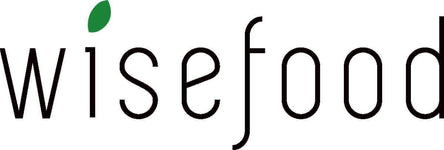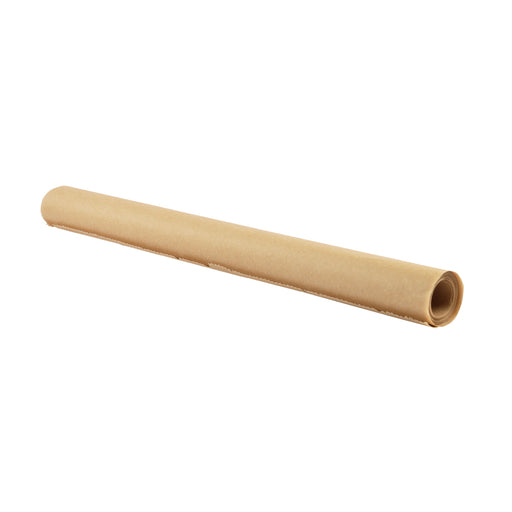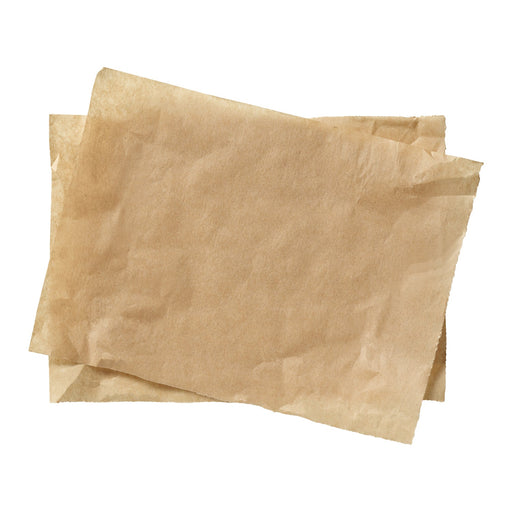Worth knowing about the material parchment
Parchment is a precious product developed in the ancient Orient for the purpose of writing. It is now only made and used for special or special occasions. In addition, there is often a confusion or equation with the term parchment paper. Both are completely different materials and products, which are also used in different ways.
Definition parchment and parchment paper
The original genuine parchment material was extracted from the skins of animals of various species for writing on in ancient and medieval times. In modern times, however, the term is used synonymously for the parchment paper. This is cellulose-based paper that has been chemically treated to prevent liquids and grease from penetrating it. Parchment paper is often used, for example, to wrap food in it. Baking paper is also one of the parchment papers.
Historical context
The parchment material is considered to be one of the first variants of paper at all. Animal skins were used for lettering as early as centuries before Christ. For this purpose, the outer layer of the skin had to be cleaned. Free from hair and tissue remnants and with the help of cleaning agents derived from plants, a product was created that served many purposes. In addition to being an important material in everyday life for shoes and belts, the smooth side of the animal skin could be used to write on.
The term parchment does not refer to the animal skin itself. Rather, the term owes its name to a modification of the name Pergamon, an ancient city in ancient Greece that is now known as Bergama in modern-day Turkey. The people of Pergamon developed a process to produce fine parchment material from the rough and rather coarsely structured animal skins.
This development and the associated refinement of animal skins into a parchment skin was initially born out of necessity. The origin lay in the long-simmering disputes between Pergamum and the Egyptian city of Alexandria. As a result, there was a trade embargo on papyrus, the most valuable writing material in ancient Egypt. Alternatives were needed, which came in the form of the refinement of thin animal skins, parchment.
Parchment use in the Middle Ages
Scrolls, as well as books, were the most common uses of parchment skins. During the Middle Ages, it was mostly monks and nuns who could read. Accordingly, for a long time monasteries were considered the main buyers of parchment blanks. Numerous monasteries maintained their own lands on which flocks of sheep stood, which were needed for the production of parchment skins.
In the further course up to modern times there were more and more people who learned to read. The development of paper was pushed ahead significantly because it was far cheaper and easier to produce.
Papyrus as a precursor to parchment
Before the development of parchment skin, the valuable papyrus was known and valued as a writing material. It was made from the components of the papyrus swamp plant. The drying process was time-consuming and therefore expensive and, in conjunction with a plant sap that served as a binder, produced the first product reminiscent of paper. Today's term paper is borrowed from the term papyrus.
Like parchment skin, papyrus was considered the most important and commonly used writing material not only in antiquity, but well into the Middle Ages. It was not until the 14th century that paper, which had meanwhile been developed, replaced these materials and also found its way into the European world.
♻️ SUSTAINABLE
✨ HIGH QUALITY 📦 20 SHEETS PER PACK
✅ IDEAL FOR THE KITCHEN
Original price
€2,99
Original price
from €2,99
€2,51
€2,99
Current price
€2,99
| /
Baking paper cuts - 20 sheets 38 x 42 cm
Contemporary use of parchment
Nowadays, real parchment skin can still be purchased, but it is produced comparatively rarely and is usually only used for special occasions, products or for decorative purposes. The animal skins that are used are usually from sheep or goats, occasionally from fallow deer. Unlike regular paper, parchment skin is sold in individual sheets of varying sizes and is usually of high quality.
A popular use of parchment is, for example, as a background for drawings, watercolors or certificates. The skins are manufactured in such a way that they are suitable as a base for a wide variety of materials for inscribing.
Another common use of parchment is drum making. The material is ideal for covering drums. For use as a drum skin, the size of the instrument is usually given in order to be able to estimate the size required for the drum parchment.
FAQ
How durable is parchment?
Parchment skin is one of the most stable materials there is. No paper today can keep up. It is tear-resistant, stable and can last for thousands of years. The production is correspondingly expensive, so that it has not become established as a permanent labeling material in modern times.
Are there differences in parchment skins?
Experts see clear differences in the surface structure. The skins of the finest quality are generally found in newborn animals, especially goats and lambs. The skin of sheep is said to be particularly papery.
What are the specific advantages and disadvantages of parchment?
The advantages are the enormous durability. Significant disadvantages are the high outlay involved in production and the associated high costs. The protection of animals is also an important issue, since the animal-free production options for paper have made it possible to take animal welfare into account.
Is baking paper comparable to parchment paper?
In principle, both papers can be compared. Both are made from pulp, coated and non-stick. In the literature, the terms are mostly used synonymously. The term baking paper merely indicates more precisely the properties of the product, which is also referred to as parchment paper for baking.
Is there a difference between the terms parchment leather and parchment skin?
That depends on the definition. Technically, an animal hide becomes leather through the tanning process. Parchment skins, on the other hand, are not tanned, but stored in a lime solution before cleaning and then cleaned and dried. Nevertheless, the terms parchment skin and parchment leather are often used interchangeably in everyday life.
What is parchment paper used for?
The possibilities of use are very diverse and range from handicrafts to use in cooking. Parchment paper recipes in particular are becoming increasingly popular because food can be prepared particularly gently in the paper and the variety of flavors preserved.



